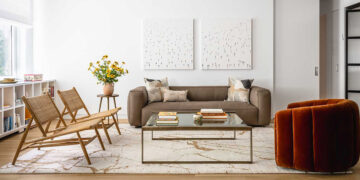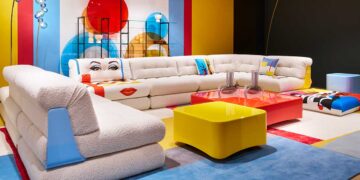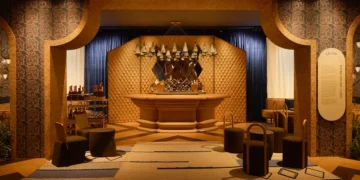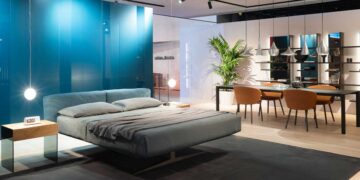
When you move into your own home, you often envision yourself living there forever. However, sometimes circumstances like financial strain or a house too small for your family can necessitate selling your house to relocate.
Selling your home can be a long process; you can expedite it by staging it. While staging looks simple, some minor mistakes can ruin your house’s appeal. Here are five mistakes to avoid when staging your house and how to fix those to create a warm and inviting atmosphere where buyers can envision living.
Discover the 6 mistakes rounded up by DSCENE and ARCISCENE magazine’s interior design editors:
1. Not Considering Your Potential Buyer
Consider your potential house buyer when you’re staging your home – tailor the space according to the potential demographics. For old couples, an inviting environment with comfortable throws and pillows works. For young families, ensure the house looks kid-friendly with books, toys, colorful art, and snacks to give a home feeling.
For realtors, clean your house thoroughly and add completely neutral furniture and paint to help them decide how to make your home appeal better. However, if you don’t want to go through any hassle and need to sell your home immediately, you can visit Cream City Home Buyers. By staging your home to appeal to your target audience, you will help them envision themselves living there, which can significantly impact their buying decision.

2. Reducing Natural Light
Overhead lights can be harsh, making a space look bland. Use natural light to transform your house ambiance and make it look cozy and comforting. Avoid blocking windows or skylights with curtains and furniture. Well-lit rooms are more inviting and showcase the room, enhancing its appeal. Additionally, natural light creates a welcoming atmosphere that attracts potential buyers.
3. Angling Furniture
While arranging furniture at an angle might seem trendy and look good in online listings, it can make it hard for potential buyers to envision how their furniture will fit in the room, and they may also find it distracting.
Angled furniture feels awkward, as people prefer straight, symmetrical setups that look relaxing and comfortable. Angled furniture can also disrupt the visual flow in the room and make it seem small. Arrange your furniture linearly to expose all sides of a room, creating a sense of spaciousness and helping buyers visualize their belongings fitting comfortably.
4. Depersonalizing Too Much or Not Enough
Finding the proper balance in depersonalization is crucial to attracting potential buyers to your home. While removing personal items helps buyers envision themselves in the space, overdoing it can make your house feel sterile. Add warm touches to make the space inviting without overwhelming it with personal items.
Keep accessories and artwork that reflect your home’s style, but replace personal photos with neutral decor, like greenery and abstract art. If your room walls have bright colors like orange and purple, replace them with neutral colors like white, tan, and beige. If you like something a little different, try muted blues and greens. These colors are great for your bedroom, creating a peaceful environment. Lay bedding according to the season in your room with simple neutral colors, and then add a funky pillow for a pop of color.

5. Neglecting Storage Spaces
Remember to stage storage areas like the garage and closets. Clear out clutter and organize these spaces to show their full potential. Fresh paint and new decorations can make these areas look more inviting. Find new alternate clutter hiding spots, and avoid storing things like vacuums in your foyer closet; instead, store things like appealing jackets.
Ensure that the storage areas are functional and well organized. For example, hooks can be installed for tools or sports equipment, and ample storage options can be provided for families with kids. Master bedroom closets are the most critical, so make them more appealing by making small changes like using matching hangers.
6. Using Too Much Small Decor
Avoid making the mistake of incorporating too many small items when decorating or staging your home for sale. This often includes large sofas adorned with numerous tiny throw pillows, bookshelves filled with many frames and trinkets, and coffee tables cluttered with small-scale objects.
Try using fewer, larger items for a more appealing look, like placing two substantial vases and some greenery on a coffee table to create a more refined appearance than a collection of smaller items.
Finally, a properly staged home is a great way to attract potential buyers and sell your house faster. Avoid common staging mistakes like angling furniture and under or over-personalizing, which can significantly affect your house’s appeal. By creating a welcoming and functional environment that your prospective buyers like, you can showcase the best features of your house and help them envision their future there.
Images from Riverside Drive Apartment by Studio ST Architects – See the full story here.



















